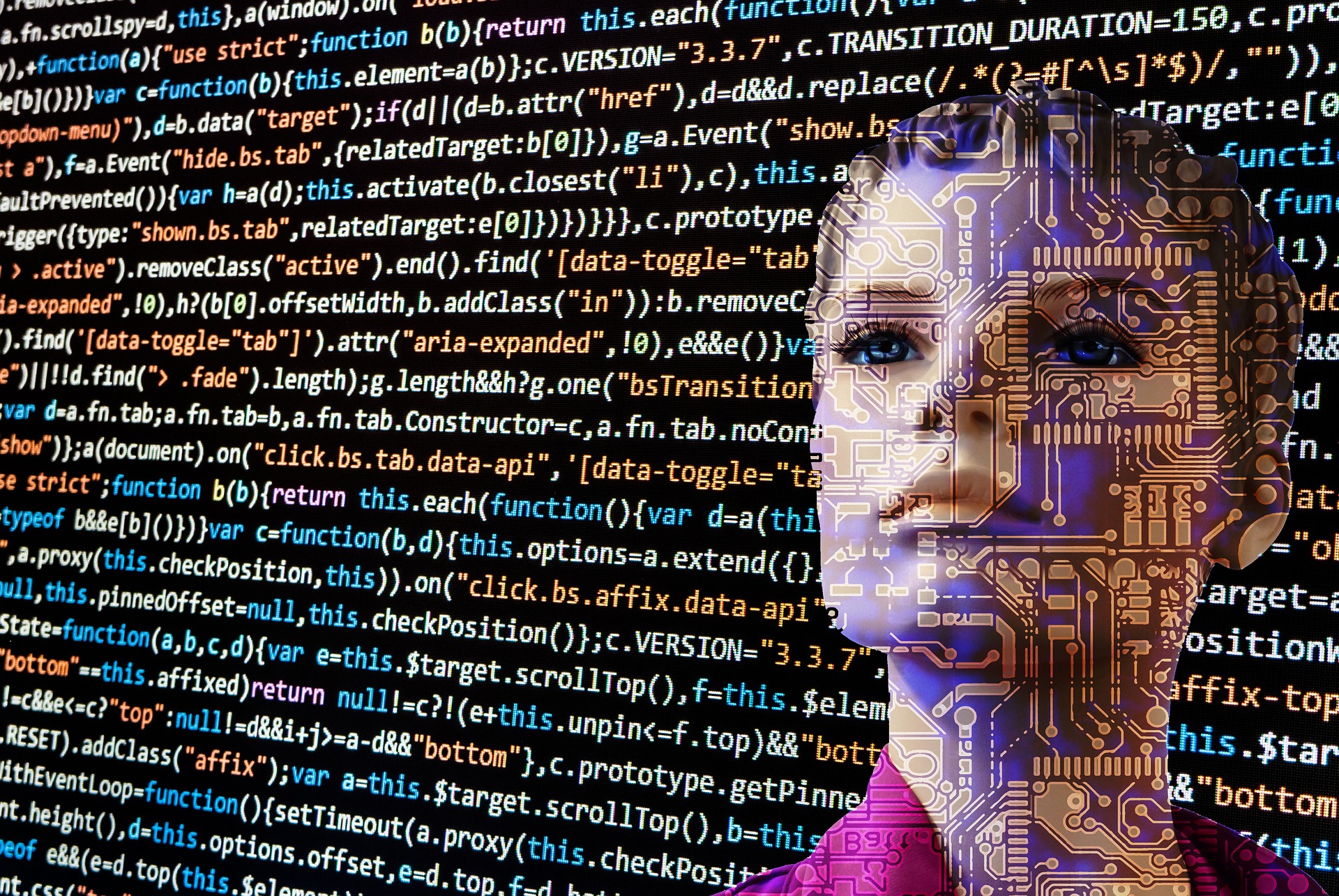Blog: AI is revolutionising the construction industry
By Professor Peter Debney at engineering software specialist Oasys

With technology constantly evolving, the way businesses operate is changing – and the construction industry is no exception. Artificial intelligence is where machines exhibit their own intelligence through using algorithms to solve problems using inputted data. By harnessing robotics, construction managers can utilise intelligent machines that can perform routine tasks that were once completed by humans, such as bricklaying. Alternatively, AI systems can collate and organise information for engineers to use within project planning and design implementation.
Together with Oasys, specialists, we assess the way the construction industry is starting to use AI in order to complete projects that contain fewer errors, less omissions, safer working practices, improved workflows and more on-time worksite completions.
The stages of AI in the construction industry
The way we use artificial intelligence in the construction industry spreads across four different positions, but what are they?
Planning
When it comes to the planning process of a construction site, AI is used. Autonomous equipment is considered as AI as it is aware of its surroundings and is capable of navigation without human input. In the planning stages, AI machinery can survey a proposed construction site and gather enough information to create 3D maps, blueprints and construction plans.
This job was once done by a workforce, which could take weeks to complete, but with the assistance of AI – it can be done within a day. This helps to save firms both time and money in the form of labour.
Taking control
With AI being able to adapt to any situation, they now help manage projects and tasks. For example, workers can input sick days, vacancies and sudden departures into a data system and it will adapt the project accordingly. The AI will understand that the task must be moved to another employee and will do so on its own accord.

Peter Debney
Engineer assistance
With AI becoming more advanced, they are assisting actual engineers in the construction stage. For example, if engineers were working on a proposed new bridge, AI systems would be able to advise and present a case for how the bridge should be constructed. This is based on past projects over the last 50 years, as well as verifying pre-existing blueprints for the design and implementation stages of the project. By having this information to hand, engineers can make crucial decisions based on evidence that they may not have previously had at their disposal.
When operating in the construction industry, you can sometimes be tasked to be at quite high heights, but not now that the creation of autonomous site machinery has begun, enabling the driver to be outside of the vehicle. Using sensors and GPS, the vehicle can calculate the safest route.
Finishing touches
AI doesn’t just stop after construction has finished, but AI can be used within the build. In the US alone, $1.5 billion was invested in 2016 by companies looking to capitalise on this growing market.
By the start of 2018, every hotel room in Wynn Las Vegas should have an Amazon Echo feature as that appeared to be one of their focuses. These devices can be used for aspects of the room such as lighting, temperature and any audio-visual equipment contained in the room. These systems can also be used within domestic settings, allowing homeowners to control aspects of their home through voice commands and systems that control all electronic components from one device.
Stored information
To be on the safe side, the use of Building Information Modelling and building design software will allow buildings to store information about the construction including any management decisions that were made from the beginning until whenever the building is demolished.
Virtual assistants will be used to create conversations as well as providing the needed information. By combining VAs alongside NFC (near-field communication), VAs can be given additional information to the building itself in real-time from various sensors in the building. For example, if there were structural problems with a building, then VAs could inform engineers specifically where the problem was and how it can be fixed.
As labour is costly, the use of virtual assistants and artificial intelligence can help save money but remain keeping up the same standard of work. As the future of AI becomes more of a reality within construction, only time will tell how reliant upon intelligent machines we will have to be in order to construct innovative building designs.
- Professor Peter Debney is a chartered engineer with over 30 years of engineering experience. He is a Member of the Institute of Structural Engineers and a Royal Academy of Engineering Visiting Professor at Bradford University, where he teaches design and computational engineering. Peter is the application specialist for the pedestrian and structural programs at Oasys, the software house of Arup. Peter has particular interests in nonlinear analysis, optimisation, and artificial intelligence applications.





















